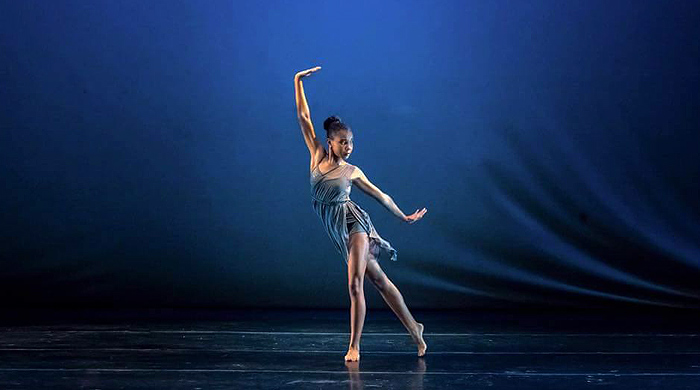In a world where people share differences in opinion, taste and preference, so has the divide been seen in the new dance hybrid called ‘hiplet’. While some are praising its creative divergence, others are not too impressed with the twists and dips. The dance that was conceived by Homer Hans Bryant, the artistic director and founder of the Chicago Multi-Cultural Dance Centre, has been getting a lot of hype lately. The dance was even featured in a fashion campaign with Desigual!
Hiplet has its roots in 1994 when Homer created the ‘rap ballet’ after being inspired by a concert he attended in Canada. He found that combining ballet steps and street dances was a way to keep the youths engaged. This then evolved into hiplet, which he later coined in 2009.
To master the hiplet, the young swans have to do the pointe to great effect where the move is more purposeful. The ballerinas strut with attitude as they sway their hips from side to side and bend the knees almost to the floor. In traditional ballet, pointe – a term derived from ‘sur la pointe’ or tip of the toe – is an essential part of the dance performance where dancers seem to be flitting on air or weightlessness. While ballet is usually performed to classic compositions, hiplet is danced to pop music to convey its soulfulness.
Of course, the challenge for both dance form is to have strong feet and legs and proficiency in the pointe as well as arm works. Students have to put in the hours to master the art form, sometimes to the point of blood, sweat and tears.
So, which do you like best? Hiplet or ballet? Take our poll below:
{insert poll tpl=”sub-vote-freesize.tpl” id=”11″}
If you’re like us sans the grace of a ballerina, perhaps you might be interested in:
10 Extraordinary ballet flats for a shoe closet overhaul
| SHARE THE STORY | |
| Explore More |




